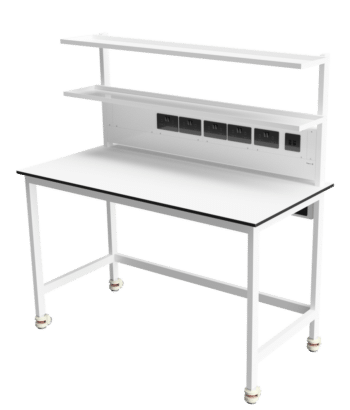NASA Recreating Mars’ Conditions in Chilean Desert
NASA scientists have created a temporary laboratory in the Atacama Desert in Chile in order to develop technologies which could detect potential life on Mars. The extreme heat and dryness of the region’s soil makes it identical to the Martian surface, and an ideal location to begin testing for any life on the red planet.
Central to the Atacama Rover Astrobiology Drilling Studies (ARADS) research is the development of a robot which will explore the surface, and below, for any signs of life. This will help the star-travelling robot identify any areas which may possess a ‘high probability for life’ when it, or a compatriot, arrives on Mars.
The Atacama Desert, and the nearby town of Yungay, have long attracted the interest of researchers thanks to its title of the ‘driest place on Earth’. Astrobiologists have been visiting Chile and its arid desert for more than two decades in a bid to open up the secrets of the red planet, and take a major step in the search for alien life.
An extreme and harsh environment which is subjected to intense ultraviolet radiation, and receives little water; the majority of the life in the Atacama Desert exists in the form of microbial colonies underground or inside rocks.
Drilling into the rocks, the ARADS robot is able to search for organic molecules known as biomarkers, and these molecules could be the key to discovering whether life exists, or ever did exist, on Mars. A research team comprising of more than 20 scientists from the US, Chile, Spain and France have recently completed a month-long drilling exercise in the region, and will begin examining the samples and molecules which have been excavated.
Dr Brian Glass, a NASA Ames space scientist and the principal investigator of the ARADS project, explained: “Putting life-detection instruments in a difficult, Mars-analogue environment will help us figure out the best ways of looking for past or current life on Mars, if it existed.
“Having both subsurface reach and surface mobility should greatly increase the number of biomarker and life-target sites we can sample in the Atacama.”
The technology is still being tested, and comparative samples will be examined in leading laboratories to ensure the ARADS robot is accurate and fully functioning. The incredible expense of relocating any equipment to Mars only increases the importance of ensuring the technology is highly accurate, and will generate positive results.
Mary Beth Wilhelm, a Nasa researcher and member of the ARADS science team, added: “We are excited to learn as much as we can about these distinctive, resilient microorganisms, and hope that our studies will improve life-detection technology and strategies for Mars.”
An on-going research task, the team will return to the Atacama Desert over the next four years to continue testing the technology and developing the most accurate strategies for identifying potential life on Mars.
Whether you’re setting up a laboratory in the most extreme desert, or just the local comprehensive school, it’s important that you have apparatus, equipment and furniture of the highest quality. InterFocus can help you develop the laboratory which best meets all the needs and requirements of your research – for more information, visit our homepage or call our dedicated team on 01223 894833.



